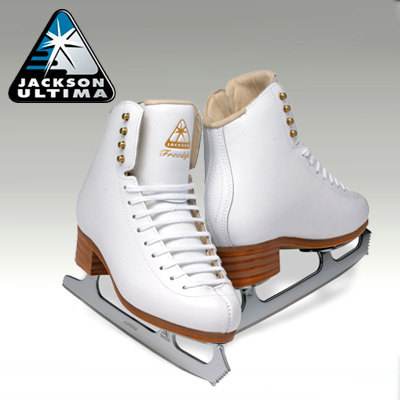Breaking in a fresh set of snow skates could be a challenging method, but it's required for skaters of degrees to make sure ease, performance, and protection on the ice. Stiff, brand-new skates often sense firm and could cause disquiet, making it harder to do your best. Here's helpful tips to assist you break in your ice skates successfully and appreciate your own time on the rink.

Realize the Break-In Period
Every new couple of ice skates has a break-in period, which an average of lasts between 4 to 8 hours of skating. During this time, the product of the skate can form to the natural form of your feet. Persistence is crucial, as rushing the method may lead to unnecessary pain or could even injury your skates. Remember that everybody's legs are different, therefore the schedule may vary based on factors like foot shape and the kind of skates you've purchased.
Begin Slowly
When you wear your skates, avoid heading straight in to intense skating or performing specialized moves. Alternatively, begin with faster sessions of mild skating. These faster periods provide the feet time to conform to the skates, while also enabling the start to soften and align with the contours of one's foot.
Lace Your Skates Effectively
Proper lacing assures that the skates match well without extortionate tightness that will limit blood flow. Your skates must sense protected about your leg for help, but still allow some flexibility for movement. Re-lace your skates as required through your skating periods, especially should they begin feeling loose or uncomfortable.
Use Heat-Molding
Several contemporary ice skates are designed with heat-moldable features. Determine if your skates have this program by talking about the manufacturer's guidance. Heat-molding involves warming the skate shoes to create them more pliable, allowing the substance to comply with your foot shape more quickly. A specialist at the rink or skate store may usually aid with this particular method for optimal results.
Use the Correct Socks
The depth of one's socks matters when breaking in skates. Thin, moisture-wicking skate socks are ideal as they provide enough comfort without taking on an excessive amount of place in the boot. Uniformity is also important; always wear the exact same type of clothes you plan to use throughout typical skating to ensure the fit thinks familiar.
Check Pain or Discomfort

It's typical to experience some pressure while breaking in new skates, but extortionate suffering or blisters can signal a healthy problem. Use serum pads or eruption prevention products to guard the feet throughout the process. If the vexation persists, contemplate consulting a professional to test for dimension issues or adjustments.
With the right practices, breaking in your skates does not need to be a painful experience. Subsequent these recommendations will not only help you obtain a great match but also set you up for satisfying and confident skating sessions forward!
